Three men were rescued from the Bell Rock lighthouse 35 years ago after a fierce blaze left them trapped on the tiny island in raging seas.
A fuel pipe had overflowed inside the building on September 3 1987, 12 miles off Arbroath, and, as the gas was on in the kitchen, the fumes ignited.
The kitchen was gutted and the light room and control room were extensively damaged, but the lower floors only suffered smoke damage.
Lighthouse keeper James Mackay and assistant keepers Richard Nixon and Alistair MacDonald were midway through a two-week spell on the rock.
They were looking after the lighthouse, which was in the process of being automated.
The fire broke out around 10am.
The flames quickly spread to their sleeping accommodation.
The three men realised they could do nothing and hurried downstairs while throwing combustible and flammable material from a window on the way down.
Lighthouse keepers called for help as tide rose
Mr Mackay salvaged a small portable phone before escaping below to the treacherous stretch of red sandstone which is visible for only small periods around low water.
The men attempted to contact the Northern Lighthouse Board in Edinburgh to raise the alarm as a flow tide threatened to swamp what little dry land there was.
The lighthouse was well alight behind them.
There was no going back.
Weak batteries on their telephone made initial contact difficult and they started to fear they would be forced to take to the sea in an emergency life raft.
They finally succeeded in getting through to Edinburgh.
How would they be rescued?
Helicopters were frequently used to convey the lighthouse keepers to the island but landings were made at low tide when a small helipad was exposed.
With water covering the pad, the three men were instead winched aboard by a Wessex helicopter from the now-defunct search and rescue unit at RAF Leuchars.
The Arbroath lifeboat Shoreline, with her eight crew, was sent to provide back-up.
Fortunately, the three keepers were unhurt.
The fire was left to burn itself out.
Mr Nixon said: “Once the kitchen caught, the bedrooms seemed to go as well, and we made our way to the foot of the lighthouse.
“When we were in the helicopter we could see the lantern was still burning, windows were broken and the tower was brown with smoke.”
Mr MacDonald said he was sure the actions taken by the men in closing hatches and windows on the way down had saved the lighthouse from more severe damage.
The main firefighting equipment was actually above the seat of the fire.
Mr MacDonald said: “There is breathing apparatus on the lighthouse, but it is perhaps just as well that we could not reach it.
“If we had felt compelled to fight the fire any further, someone might have been hurt.”
Second mate missed his 40th birthday because of Bell Rock Lighthouse fire
The structure of the building was still sound despite fire ripping through the lighthouse, and it was luckily a question of only repairing rather than rebuilding.
Buoy-laying vessel the MV Pole Star was scrambled to ensure the Bell Rock was sufficiently marked with temporary light while the lighthouse was out of commission.
Alan Provan was the second mate on Pole Star, which arrived from Stromness, and he missed his 40th birthday celebrations because of the Bell Rock fire!
He told me: “We were alongside NLB Pier in Stromness and September 3 1987 was my 40th birthday and a few of us were all set for a night up the road to celebrate.
“Word was received by the depot to make ready a north and a south cardinal light buoy and we were set to load them with moorings and sail as soon as possible.
“That meant no birthday party!
“We must have sailed mid-afternoon for the Bell Rock from Stromness and first thing the next morning, with decent sea conditions, we laid the two buoys.
“The next day we returned with a fireman and police officer on board who went up to the tower where they found the fire had burned itself out.
“We sailed back to the Bell Rock on September 5 with personnel from the Northern Lighthouse Board, to land them so they could assess the damage.
“We were lucky with conditions as we managed to stay much longer than usual.
“Did I ever get my 40th birthday party?
“I don’t think so!”
Keeping seafarers safe since 1811
The value of the light was demonstrated when it was blacked out during two world wars, which led to the spectacular wreck of the 10,800-tonne HMS Argyll in 1915.
UK coastal lighthouses were ordered to shut down their beacon signals for fear of German U-boats gaining naval and military intelligence.
In the North Sea, the armoured six-year-old HMS Argyll, a Type 23 Duke-class frigate, patrolled the areas of the Forth and Tay firths and, in poor winter conditions, an attempt was made to contact the Bell Rock to request an emergency signal.
However, the lighthouse was without wireless equipment and the vessel ran aground on the structure’s reef and foundered with serious damage to the hull.
In a frantic attempt to evacuate the crew, two destroyers, HMS Hornet and Jackal, raced to the scene and rescued the full complement without loss of life.
Valuable naval equipment such as the six-inch guns were retrieved and a salvage crew then sank the Argyll with explosive charges.
The incident was not made public for several years for security reasons and, in 1970, the vessel’s propellers were recovered.
In the years which followed, the wreck of the Argyll was rated as diveable and is used in exercises by naval underwater teams and enthusiasts.
More like this:
SS Uganda: Epic rescue mission to save cruise ship which got stuck in the River Tay
The ambitious crossing plan from Dundee to Fife – under the River Tay
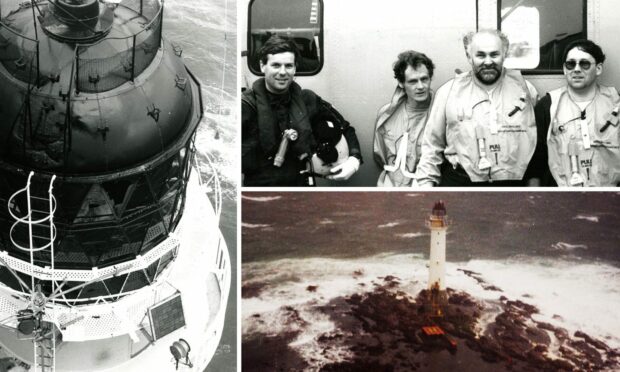
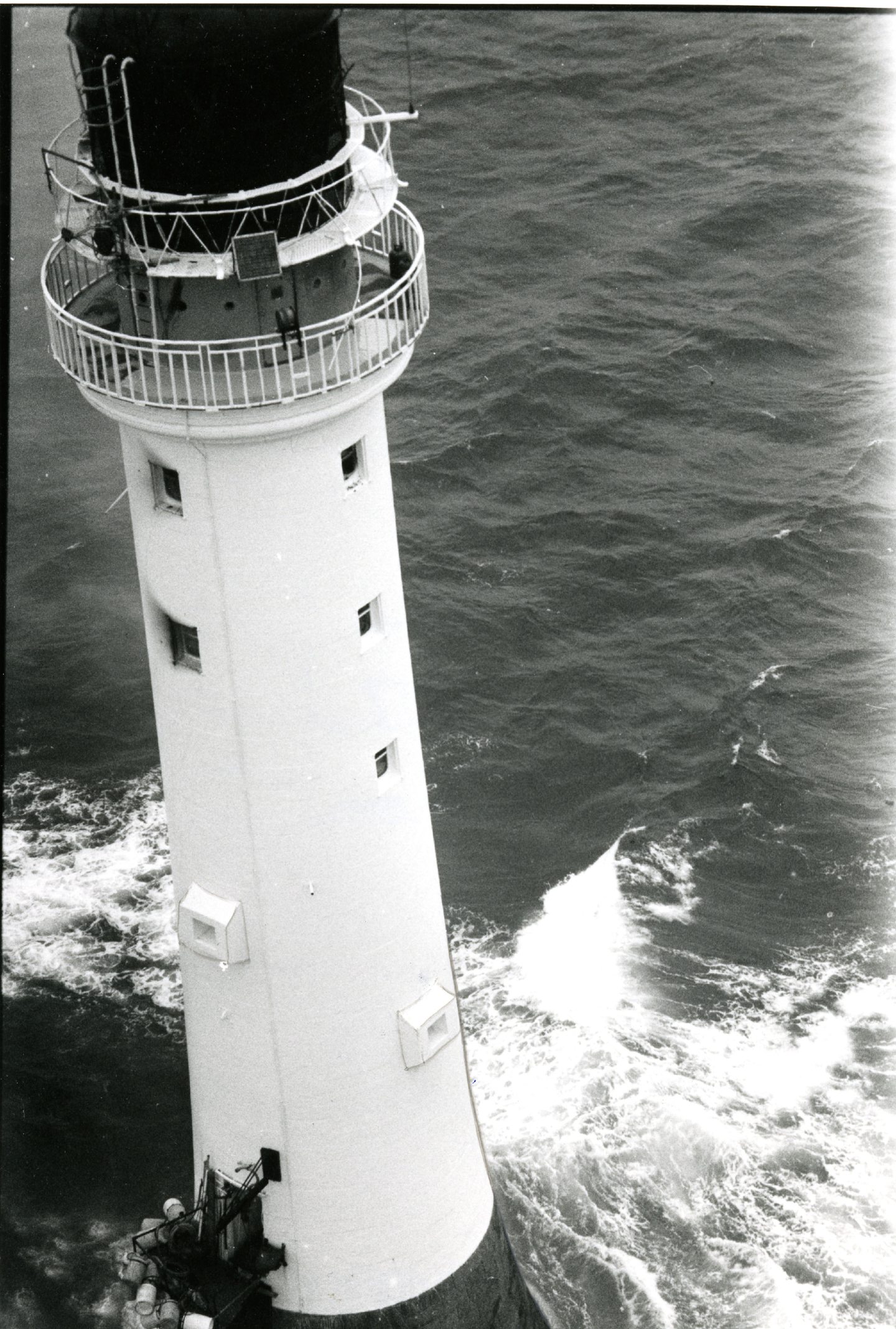
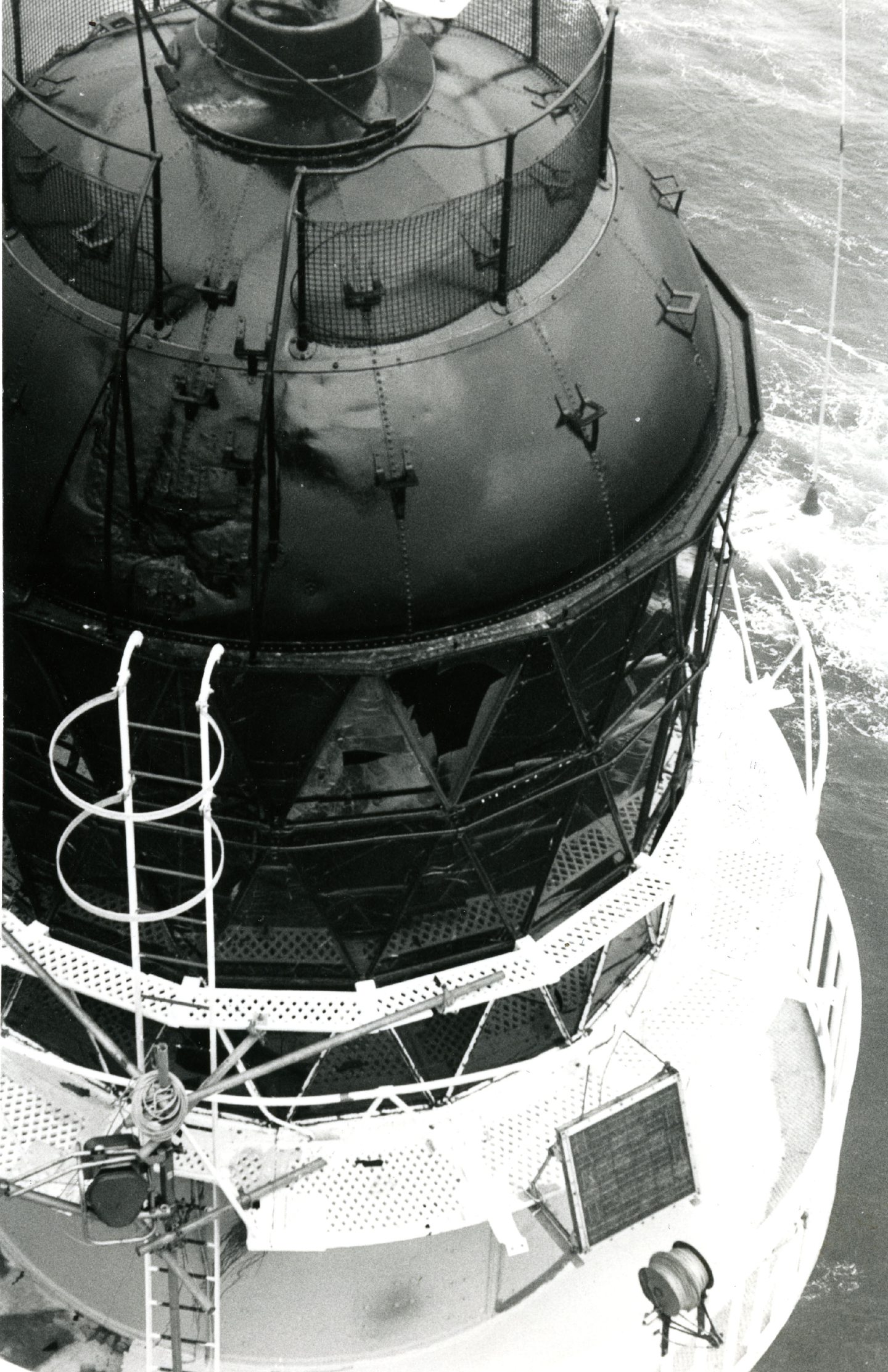
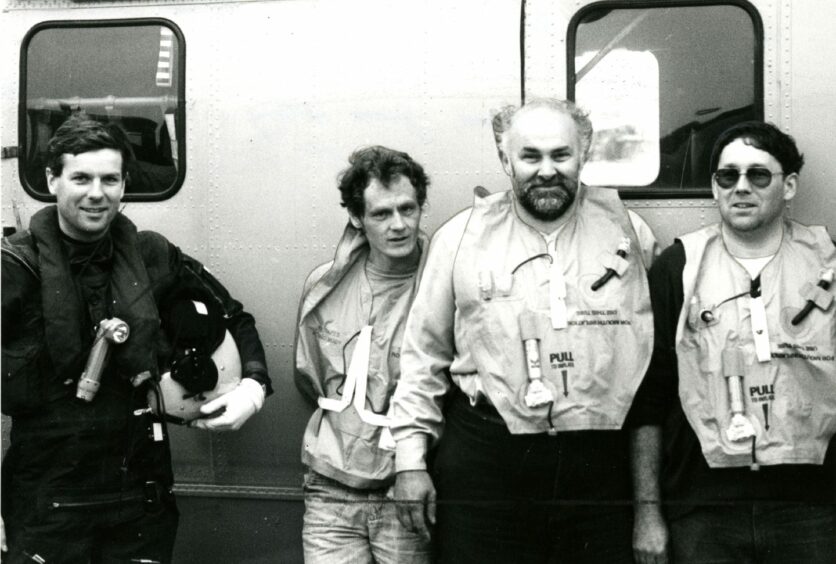
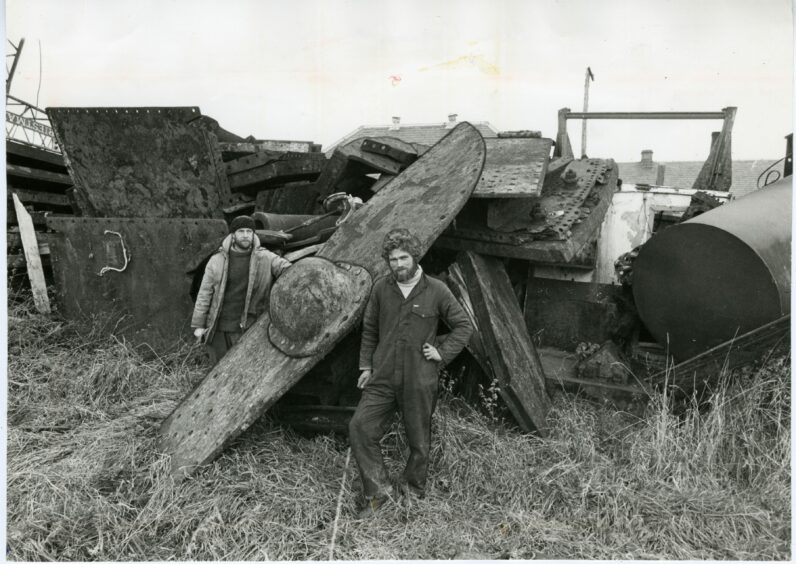










Conversation